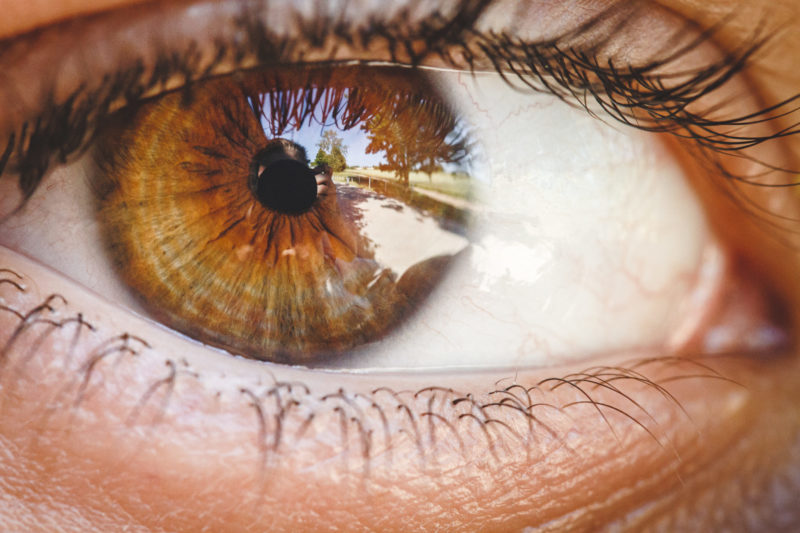What is a cataract?
Cataract is the clouding of the lens of the eye which leads to decreased vision. Older age is the most common risk factor. The term comes from the Greek word ka.ta.ˈɾa.ktis meaning ‘waterfall’. Just like rapidly running water turns white, the term was used to describe advanced ocular lens changes that resulted in the whitening of the natural lens and severely impaired vision.
Nowadays cataract refers to any type of lens opacity which leads to visual impairment.
Common types include nuclear, cortical, posterior subcapsular cataracts. Cataracts can also be traumatic in origin in which case they can affect younger individuals. Main cause for cataracts is age related changes which lead to clouding of the lens. Other causes can be diabetes, smoking, prolonged sunlight exposure.
Previous long term steroids (i.e. tablets, inhalers) can lead to a specific type of cataract called posterior subcapsular cataract. This specific type of cataract can impair vision severely even at early stages.
The underlying mechanism for all cataracts is long term changes in lens proteins resulting in reduced transmission of light within the eye and blurred vision.
It then feels as if patients see the world through a dirty window.
